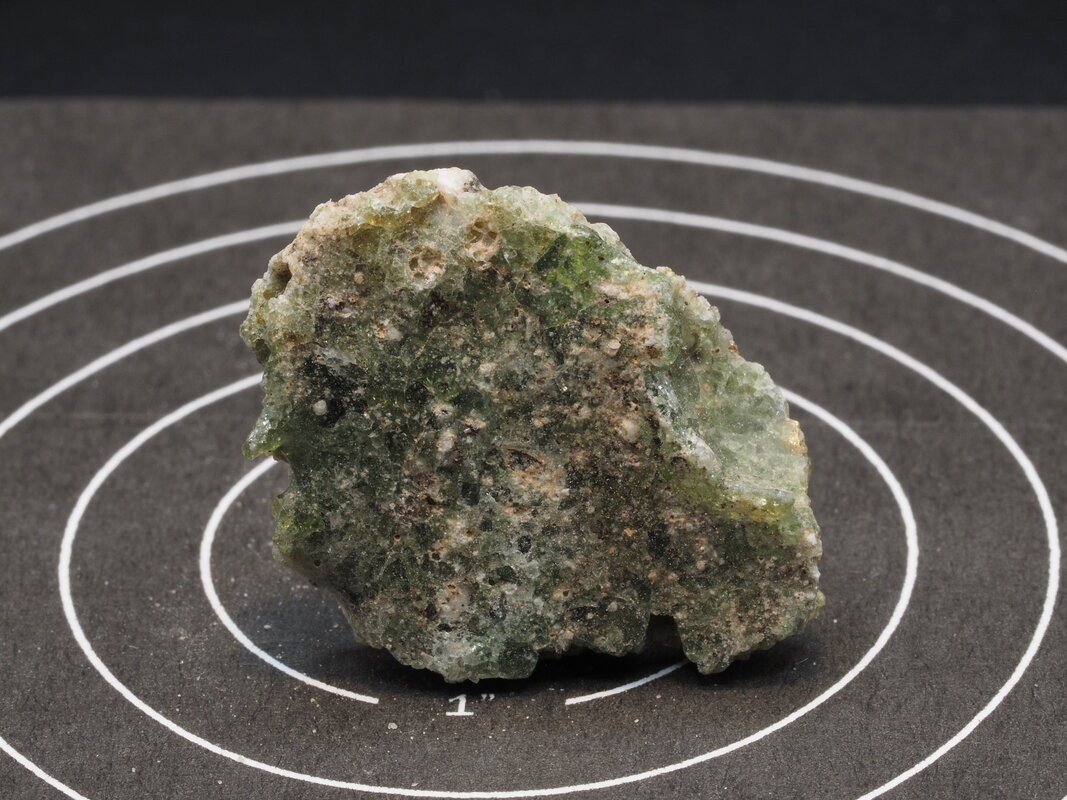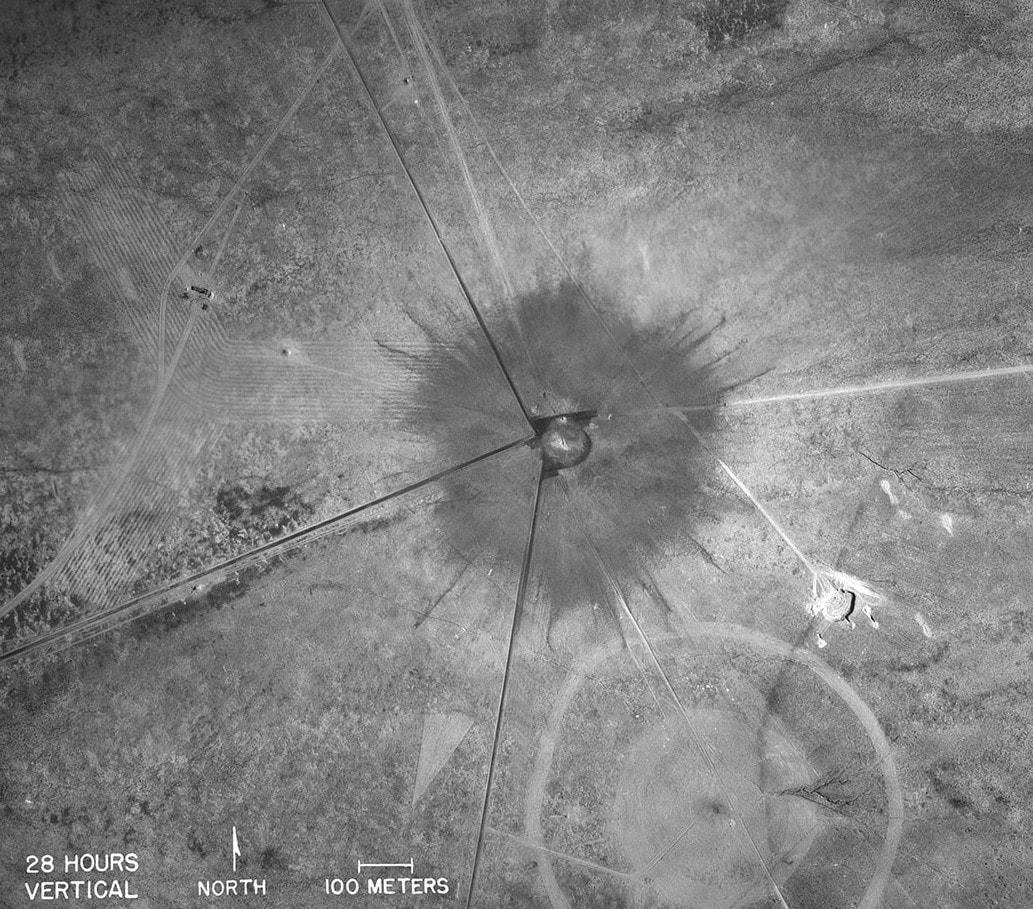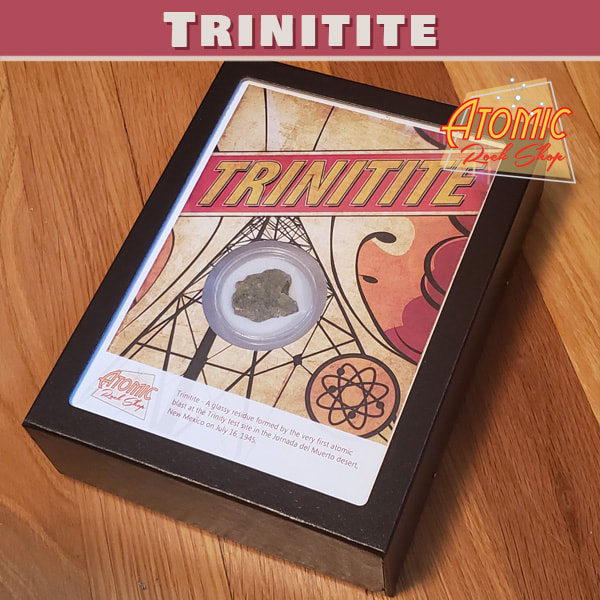free shipping on orders of $45+ (Use promo code "music")
THANK YOU for visiting atomicrockshop.com. Here you will find specimens of Trinitite (formed by the first atomic blast) for sale.
My collection was purchased in 2015 from a U.S. Government scientist and was a part of Dr. Pray’s collection
that was gathered in 1951 (See PROVENANCE).
I AM A MUSICIAN and Atomic Rock Shop is a side business that helps with touring peaks and valleys.
I take extraordinary pride in the customer service associated with this online business.
To see what my customers have to say about their experience, please visit the REVIEWS page.
If you find a specimen you like, I am offering free shipping for orders over $45. Just use the code “MUSIC” during checkout.
My collection was purchased in 2015 from a U.S. Government scientist and was a part of Dr. Pray’s collection
that was gathered in 1951 (See PROVENANCE).
I AM A MUSICIAN and Atomic Rock Shop is a side business that helps with touring peaks and valleys.
I take extraordinary pride in the customer service associated with this online business.
To see what my customers have to say about their experience, please visit the REVIEWS page.
If you find a specimen you like, I am offering free shipping for orders over $45. Just use the code “MUSIC” during checkout.
What is Trinitite?Trinitite, also known as atomsite or Alamogordo glass, is the glassy residue left on the desert floor after the plutonium-based Trinity nuclear bomb test on July 16, 1945, near Alamogordo, New Mexico.
Since th1952 it has been illegal to remove anything from the Trinity site. The Trinitite shown and sold on this site is from a group of Trinitite collected by Dr. Pray right before the site was bulldozed over in 1952. |
A Little HistoryAt 5:29 on July 16, 1945, in a remote area of the New Mexican valley (now known at the Trinity Site) the very first atomic bomb was detonated. From that point on warfare or the threat of warfare would never be the same.
The explosion produced a blast equivalent to 18000 tons of TNT. This, in turn singed the land surrounding glazing it to a light olive green, glass-like substance where the sand had melted and solidified again (Trinitite). Trinitite is nearly pure melted silica with traces of Olivine, Feldspar, and other minerals which comprise the desert sand. In 1952, the site of the explosion was bulldozed over and the remaining trinitite was buried in 55-gallon drums near Los Alamos. On December 21, 1965, the 51,500-acre area Trinity Site was declared a National Historic Landmark district. Then on October 15, 1966, the Trinity site was listed on the National Register of Historic Places. |
Is it Legal? Is it Safe?It is perfectly legal to own Trinitite. You may display it and handle it safely. Do not break the Trinitite into smaller pieces for it may release dust or small particles. Do not eat or inhale the Trinitite. It is also advisable to keep Trinitite away from children or pets for fear that they might ingest it. Wash your hands after handling. With proper handling Trinitite is completely safe.
Here is a detailed analysis of Trinitite: http://www.hscott.net/analyzing-trinitite-a-radioactive-piece-of-nuclear-history/ |
Web Hosting by Dotster



